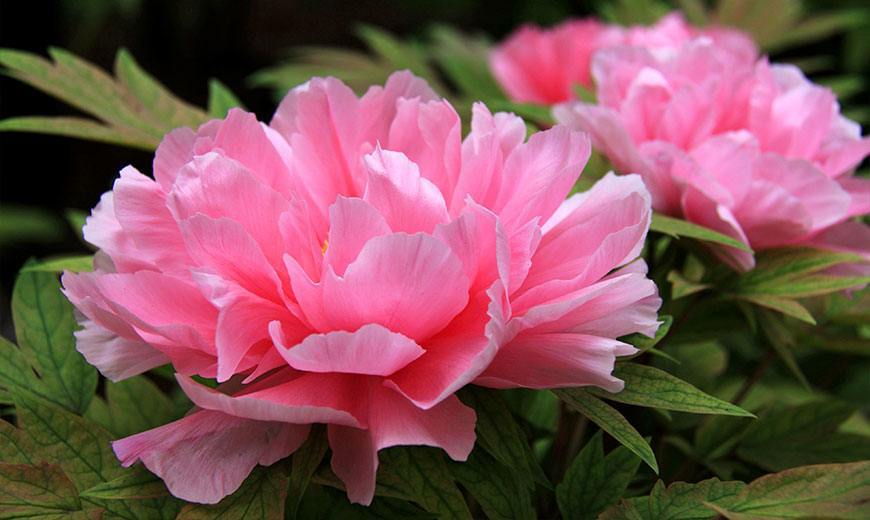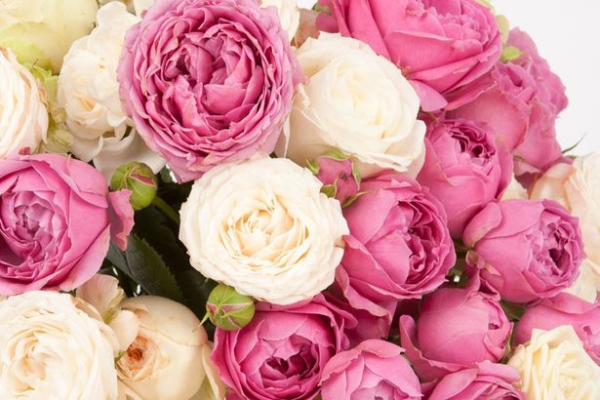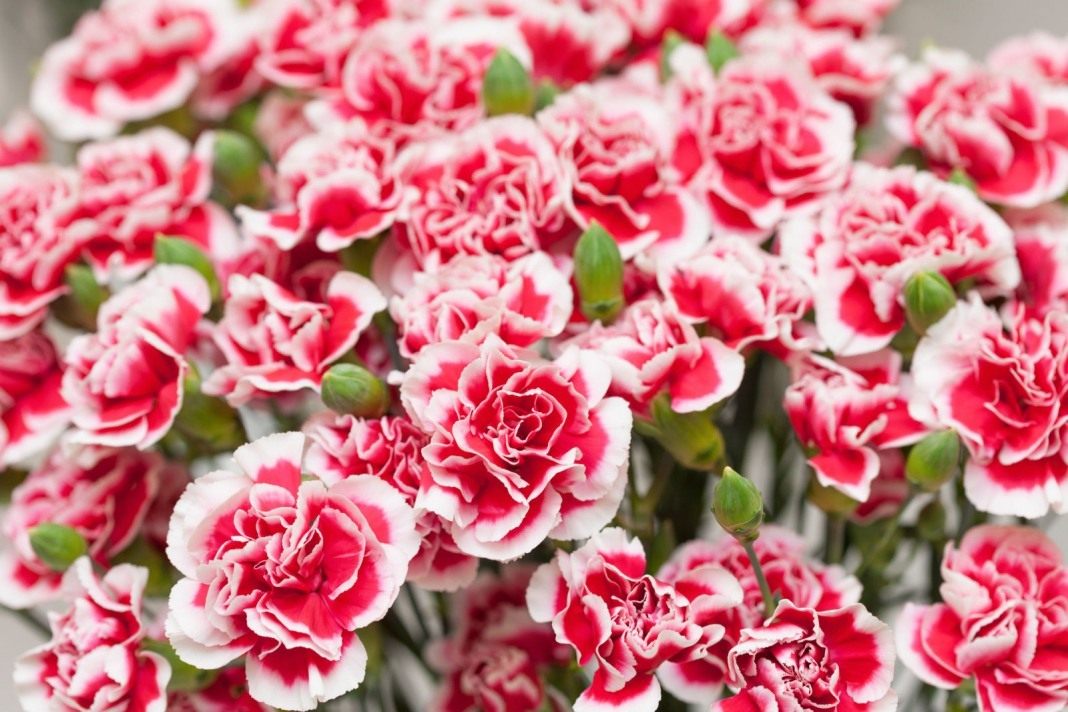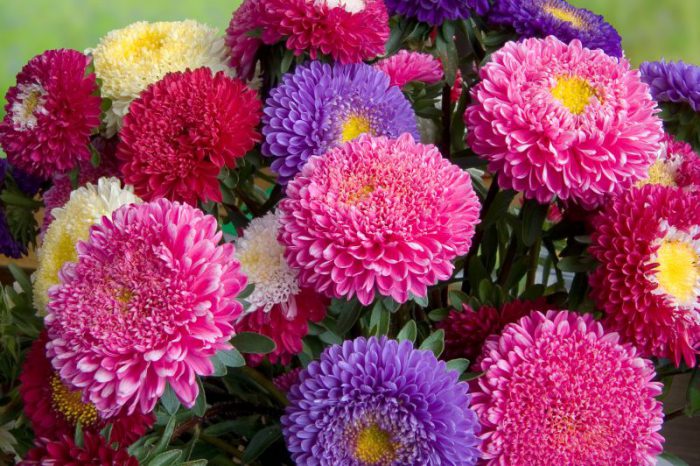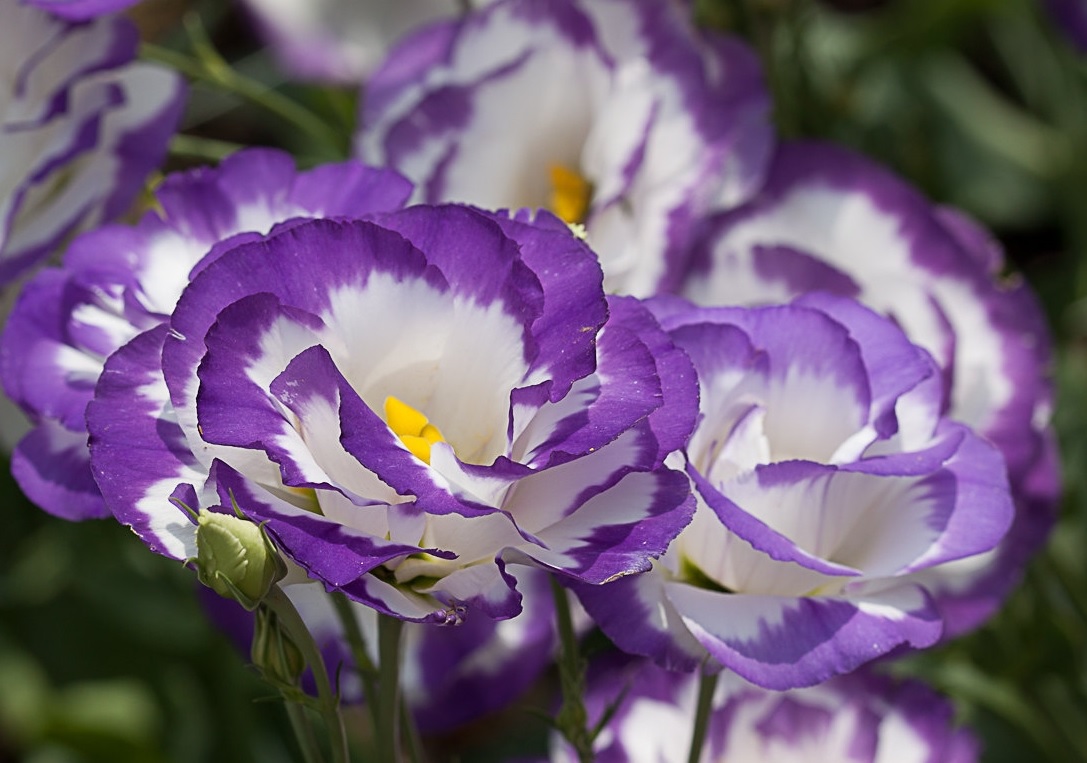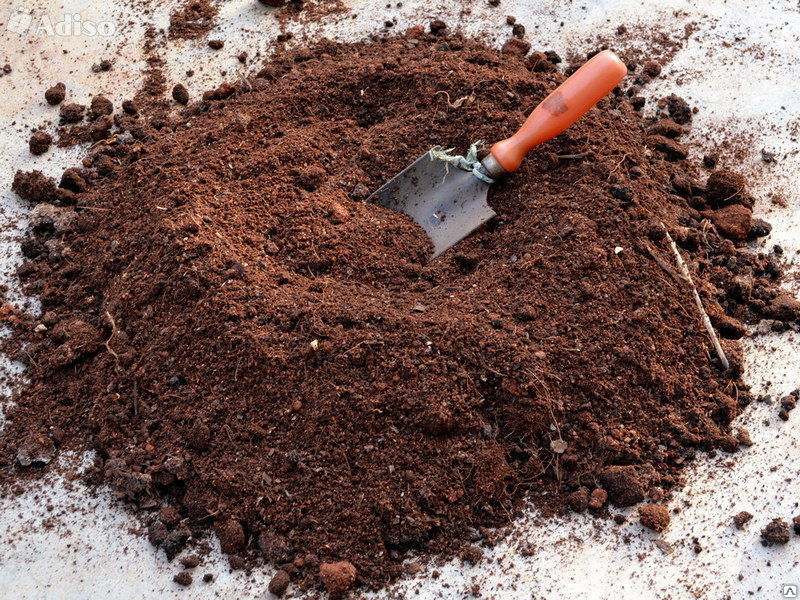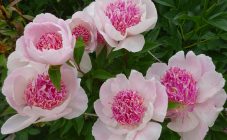Content:
If the rose is recognized as the queen of flowers, then the peony is, of course, their king. There are many legends about him, paintings with his image hung in the palace halls. Hundreds of years ago, he already decorated the gardens of the rich and famous. The active conquest of Europe by the peony took place in the 19th century.
Peony description
Peony is a perennial shrub that can be herbaceous and tree-like. It has a long root, decorative foliage, and single flowers reaching 15-25 cm in diameter. According to the structure of the flower, peonies are divided into non-double, double hemispherical, semi-double, anemone, pink, Japanese, crown.
The varieties differ in the size of the bush, color, structure, the size of the peony flower, and the duration of flowering. In color, they can be white, red, yellow, pink, orange. Some varieties have a delicate floral aroma. They have good compatibility with many green spaces.
Flowers that look like peonies
In nature, there are many plants similar to peonies. This is what some of the peony-like flowers are called.
Roses
Peony roses are bred by the English breeder David Austin. Roses like peonies are called "Ostinki". They are very decorative: they bloom profusely in various shades. This rose grows quickly, does not require special care.
Ranunculus
This flower looks like peonies and roses at the same time. Ranunculus has lush buds of various shades: from pastel to bright, saturated. It blooms from June to August, some species even until mid-autumn. Its height varies from 20 to 80 cm.
Carnation
Some varieties of carnations also look like peonies. It can be short (up to 10 cm) and tall (up to 60 cm). Her flowers are formed singly and in groups. The carnation can bloom for 3-4 months, becoming a flower bed decoration. Most of all, the Shabo carnation looks like a peony.
Tulips
Tulips with double petals are called peony. They come in early, medium and late flowering. The most popular varieties are: Abba, Zizania, Orange Princess, Miranda, Angelica.
Daffodils
Daffodils, which look like peonies, may only have a double crown, or maybe the whole flower. The most similar varieties are: Flowerbed, Flyer, Flower Drift, Dick Wilden. These primroses are the decoration of flower beds, flower beds, mixborders. They can also be grown along with tulips in forcing containers, for example, by March 8th.
Asters
The inflorescence of asters consists of reed petals directed towards the center, which makes them look like a peony. They have a varied palette from white to deep purple hues. The buds begin to open in early August and finish at the end of September.
Eustoma
This plant looks like several flowers: a rose, a bell, and a peony. Especially similar to it are varieties with white and pink color of petals, which are in full dissolution (Aurora, Lisianthus grandiflorum).
Chrysanthemum
Another flower that looks like a peony and a rose is chrysanthemum large-flowered (some of its varieties). These are tall, showy, autumn bushes. The buds reach a diameter of 25 cm. These flowers are intended for cutting.
Growing
Peonies can grow in one place for a long time. The place is chosen sunny. Peonies are not dug up for the winter, they easily tolerate frosts. They begin to bloom, as a rule, in the third year after planting. For this reason, they should not be replanted frequently.
In this, peonies and peony roses are similar. They should also not be replanted frequently. Roses may bloom next year, but this should not be given to them: the buds are cut off so that all forces go into building the root system. The landing site should be well lit by the sun. For the winter, peonies and roses spud and hide.
Bulbous peonies (daffodils, tulips) bloom the next spring after planting. In the summer, after flowering, the bulbs are dug up, and in the middle of autumn they are planted again. Since bulbs bloom first, they are well lit by the sun wherever they are planted.
Asters are annuals. Their entire life cycle runs from early spring to frost. Then the flower dries up, seeds are collected from it for further reproduction. The next year they are sown, the life cycle begins anew. Astra is unpretentious to the composition of the soil, but the lighting should be bright. Otherwise, the stems will be thin, elongated.
Eustoma is a biennial. In the first year, it forms a rosette, blooms - another year later. For the winter, eustoma must be carefully mulched and covered. In colder regions, it is dug up, and in the spring it is planted again in open ground. Propagated by seeds only. The soil for eustoma should be light, well-drained.
Chrysanthemums are perennials. They easily reproduce by shoots, cuttings. Bloom begins in the fall. For the winter, they must be spilled and covered. In harsh climates, the roots are dug up and stored in a cool place until spring.
The Shabo carnation, which most of all looks like a peony, is also dug up for the winter, since it can freeze out from large frosts. Easily propagated by seeds, prefers to grow in a well-lit place.
Ranunculus is planted in a slightly shaded place in the spring, when the threat of frost has passed. In the fall, the root is dug out for storage from the cold. Ranunculus can be grown indoors. Several bushes in one pot will look more effective.
Care
In order for green spaces to grow beautiful, with powerful stems, bright and large buds, they need to be properly cared for.
- Watering the plants should be regular, as the topsoil dries out.
- Loosening the soil after watering will provide its aeration, air access to the roots.
- Mulching will keep moisture in the soil and ensure its breathability.
- In the spring, the first feeding of the plantings with nitrogen fertilizers, for example, rotted manure, is performed. If any nutrients were poured into the pit when perennial plants were planted, then in the year of planting they are no longer fed.
- Bushes with long lashes need support, a garter.
- To stimulate the growth of lateral shoots, after flowering, the buds are removed from the bush.
- When signs of disease appear, the bushes are sprayed with appropriate preparations. The same is done when the bushes are affected by various pests.
Tips from experienced summer residents
Having been cultivating plants for a long time, flower growers have gained some experience that they share with beginners. Here are some tips from them:
- If the flowers are grown as cut flowers, then the side branches and buds are removed so that all power and nutrition go to the main shoot.
- To get earlier growth and flowering, seeds are sown, and cuttings are rooted in late February or early March indoors.
- The distance between the bushes should be large enough. With frequent planting, ventilation is difficult, and this threatens the appearance of fungal diseases.
Flowers similar to peonies can be planted in a flowerbed or mixborder together, can be monochrome, another option is to combine with other plants that are unlike them. Be that as it may, they will always be a bright decoration of the garden.
